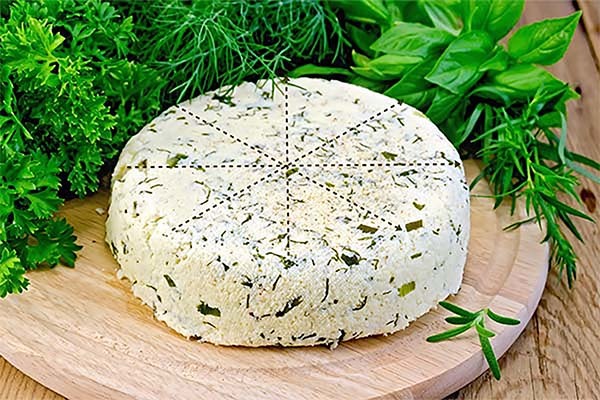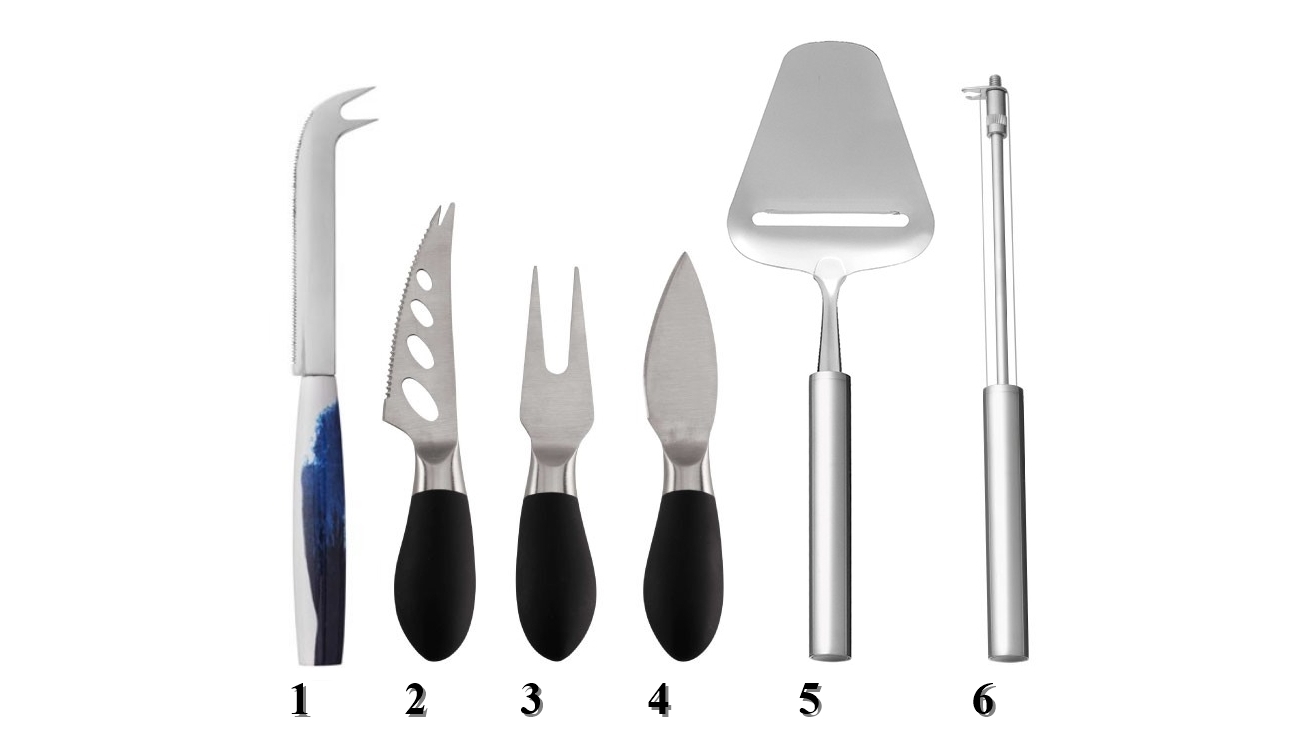Product successfully added to your shopping cart
There are 0 items in your cart. There is 1 item in your cart.
Last blog articles
A Musical Christmas: Classics and Jazz to Celebrate with the Family -
How to Cut Cheese and Create the Perfect Cheese Board for Your Christmas Table -
Celebrate and Offer - Christmas gift ideas -
Goodwill: The Magic of Christmas in Pieces That Tell Stories -
Hermann Bauer: Christmas Gifts with Tradition and Elegance -
How to Cut the Different Types of Cheese
Published : 10/05/2024
Categories : Let yourself be Inspired

When the time comes to cut cheese, nobody knows the best way to do it and the cheese always ends up being “badly cut”... Did you know that the correct cut in each type of cheese is essential to get the best of it?
For this reason, it’s not only for aesthetics that you cut cheese in a certain way. So, learn with In&Out Cooking how to cut and taste the different types of cheese in the best way.
Cheese Cutting Guide
The number one rule for a proper cut is to have in each slice parts of the centre and the edges, because it’s in the centre that the flavour of the cheese is more pronounced and the edges have a different texture.
Each type of cheese is different in texture, flavour, smell and shape. It's according to its shape that you know how to cut it. Thus, when you taste it, you have both paste and rind.
Round Cheeses: cheeses such as Brie, Camembert and others should be cut like a slice of cake, in the shape of a triangle called a wedge.

Tall Round Cheeses: cheeses such as Gorgonzola, Gruyere, Emmental and others should be divided in half and cut into large triangles. To cut these triangles into smaller pieces, simply lay the slice horizontally and make parallel cuts, so you will have small triangles ideal for serving.

Ball Cheeses: cheeses such as Gouda, the Kingdom, Edam and others should be cut first in the middle and then in thin slices. To cut into thin slices, you should lay the slice down and make radial cuts from the centre of the rind.

Cylindrical Cheeses (Torah-shaped): cheeses such as Provolone and others should be cut to the desired thickness and to be served, the slices should be cut into cubes.

Small Cheeses: cheeses such as Camembert and others should be broken into up to eight triangular slices or halves (if the cheese is very small).

Square and Rectangular Cheeses: cheeses such as Prato, Mozzarella, Cheddar, Havarti and others should be cut into rectangular or square slices. For serving, these slices can be cut into triangles or toothpicks.

Triangular Cheeses: cheeses such as Parmesan, Grana, Pecorino and others should be shredded into irregular slices, using the appropriate knife.

Pyramid Cheeses: cheeses such as Roquefort, Blue Cheese and others should be cut into a star shape in 6 or 8 parts from the centre and the highest point. It will make the blue or green veins present in the paste. If the cheese is tall, it can also be cut in half vertically.

As you can see, cheeses present different textures, which make cutting them difficult without the right knife! Thus, there are specialized knives that make this very important task easier. Find out which is the right knife for each type of cheese:

1. Hard Rind Cheese Knife, ideal for cutting cheeses such as Emmental, Gruyere, Estepe, Provolone and any other cheese with a hard rind. The serrated part allows for easy cutting and the tips are for sticking and piercing the rind.
2. Soft and Creamy Cheese Knife, ideal for cheeses such as Brie, Mozzarella, Camembert and others. The holes in the blade make cutting easier as they prevent the creation of a vacuum between the creamy filling, preventing the slices from sticking to the knife.
3. Cheese Fork, used to assist the knife while cutting the cheese. It’s also used to pick up the pieces of cheese. Essential for Gruyere, Provolone, Gouda and Asiago cheeses, among others.
4. Hard Cheese Knife, ideal for cheeses such as Parmesan, Grana, Pecorino and others, as its tip allows you to perforate the outside of the cheese and cut it into slices.
5. Cheese Planer for Medium and Firm Cheeses, ideal for cheeses such as Prato, Gouda, Gruyere, Emmental and others. The planer is used to cut thin slices, just put the planer on the surface of the cheese and pull.
6. Soft and Semi-Soft Cheese Knife, ideal for cheeses such as Gorgonzola, soft Goat's cheese, Camembert and more. Another way of cutting cheese widely used by professionals is the use of a string knife. With the string, you can make precise cuts in soft cheeses without shattering them.
Now that you know how to cut cheese like a pro, follow our tips to make the perfect cheese board and which wines to pair it with.
Wine&Cheese
